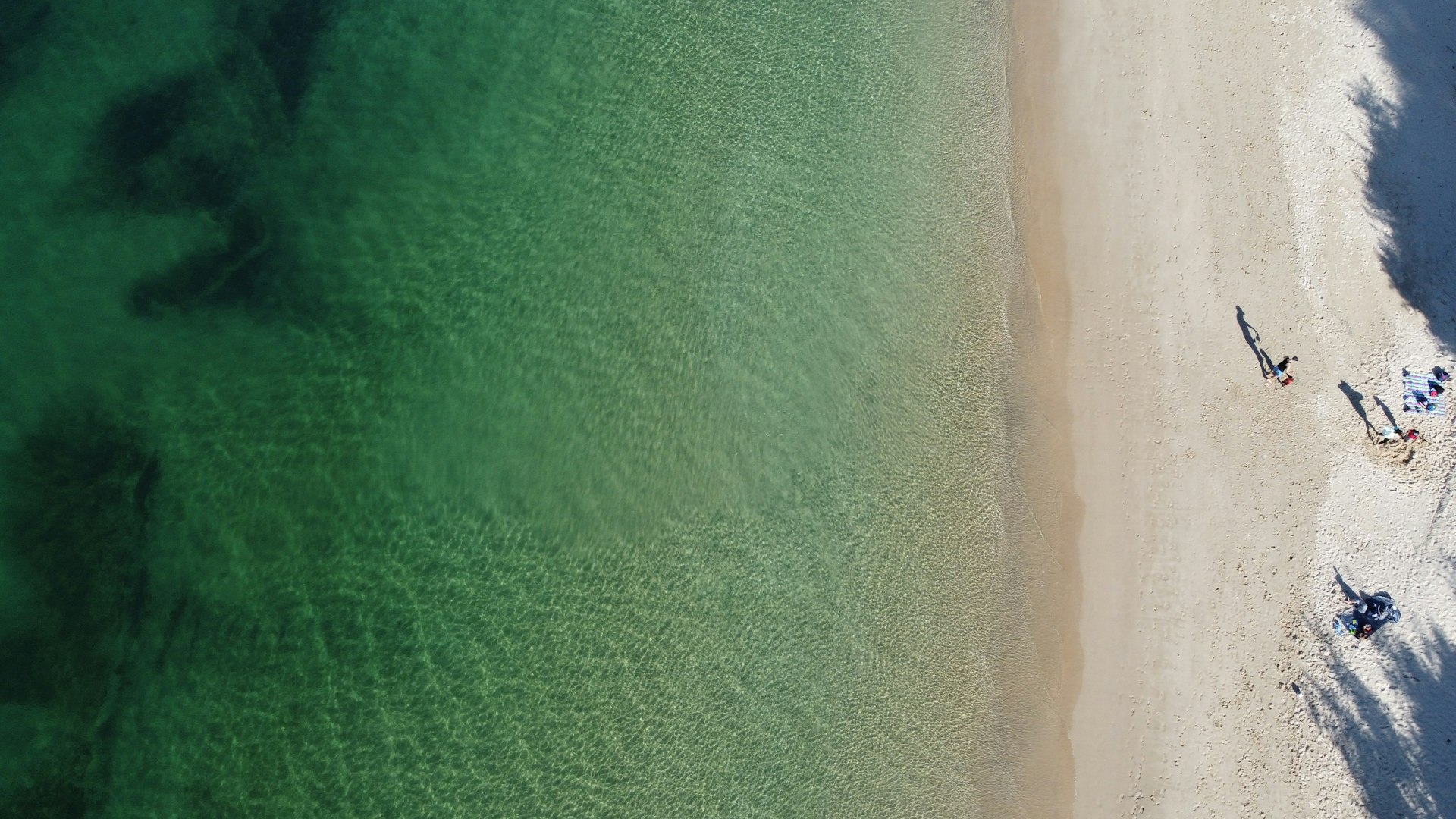Your Guide to a Sustainable Outdoor Lifestyle: Choosing Eco Gear for Every Adventure

Photo by Roman Hnydin on Unsplash
Introduction: Embracing a Sustainable Outdoor Lifestyle
Living an outdoor lifestyle offers unmatched connection with nature, but it also brings responsibility. As outdoor enthusiasts, our choices directly impact the environment-from the gear we buy to how we adventure. Adopting a sustainable outdoor lifestyle means making mindful decisions: choosing eco-friendly gear, following ethical practices, and supporting brands that prioritize environmental stewardship. This guide provides a comprehensive approach, offering practical steps, real-world examples, and alternatives to help you make your outdoor pursuits truly sustainable.
Understanding Sustainable Outdoor Gear: What It Means and Why It Matters
Sustainable outdoor gear is equipment and clothing produced with minimal environmental impact, often using recycled or renewable materials , responsible manufacturing, and ethical labor practices. The goal is to reduce pollution, conserve resources, and limit waste throughout the product’s lifecycle. For example, many brands now offer backpacks made from recycled plastics and jackets with PFC-free waterproofing, helping to keep harmful chemicals out of the environment [1] .
The importance of sustainable gear extends beyond production. Durable, repairable products reduce the need for constant replacement, cutting down on waste. Many leading brands also support environmental initiatives or offer repair services, encouraging a circular economy [2] .
How to Select Eco-Friendly Outdoor Gear: Actionable Steps
Choosing sustainable gear requires research and attention to detail. Here are step-by-step instructions to guide your decision-making:
- Research brand sustainability policies: Visit manufacturers’ official websites to review their environmental efforts. Look for certifications like B Corp, Climate Neutral, bluesign®, and Fair Trade. Brands such as Patagonia, Osprey, Fjällräven, Cotopaxi, and Rab are recognized for their strong commitments [1] [2] .
- Check product materials: Prioritize gear made from recycled, organic, or renewable materials. For example, Fjällräven’s G-1000 Eco uses organic cotton and recycled polyester, while Rab works towards 100% recycled plastic in its products [1] [3] .
- Look for repairability and warranties: Sustainable brands often offer repair services or lifetime guarantees. Osprey’s All Mighty Guarantee is a prime example, providing lifetime repairs for backpacks [1] .
- Consider end-of-life options: Some companies run take-back or recycling programs, making it easy to responsibly dispose of worn-out gear. Patagonia’s Worn Wear program is a leader in this approach [4] .
If you need to verify a brand’s sustainability claims, search for third-party certifications and read recent press releases or impact reports. When in doubt, contact the manufacturer directly for clarification.
Spotlight: Trusted Sustainable Outdoor Brands
Several brands are widely recognized for their commitment to sustainability and responsible production:
- Patagonia: Pioneers transparency, donates 1% of sales to environmental causes, and promotes repair and reuse [4] . Their Footprint Chronicles details their environmental impact.
- Osprey: Focuses on recycled materials, PFC-free waterproofing, and lifetime repair services [1] .
- Fjällräven: Uses G-1000 Eco fabric, PFC-free production, and supports global conservation through the Arctic Fox Initiative [1] .
- Cotopaxi: Over 90% of its collection is made from recycled or responsible materials. The brand is B Corp and carbon neutral certified, with a portion of profits supporting community development [2] .
- Rab: Certified Climate Neutral, aiming for net zero emissions by 2030 and increased use of recycled content [3] .
To find and purchase from these brands, visit their official websites or authorized outdoor retailers. If you’re unsure about a retailer’s credibility, look for customer reviews, return policies, and official dealer status.
Integrating Eco Gear Into Your Outdoor Routine: Practical Applications
Transitioning to a more sustainable outdoor lifestyle requires conscious changes in both purchasing and behavior. Start by evaluating your current gear-repair or upcycle what you can before replacing items. When purchasing new gear, follow these steps:
- Make a checklist of essential gear for your activity (hiking, camping, climbing, etc.).
- Research each item, focusing on sustainable alternatives and verified eco-friendly brands. Use search terms such as “recycled hiking backpack” or “organic cotton outdoor apparel.”
- Consider buying used gear or participating in gear-swapping communities to further reduce environmental impact. Many outdoor retailers and local clubs facilitate these exchanges.
- Adopt Leave No Trace principles in all outdoor activities to minimize your impact. Carry reusable water bottles, avoid single-use plastics, and always pack out your waste.
For those new to sustainable practices, it can be helpful to start small-replace a single plastic water bottle with a stainless steel one, or opt for secondhand gear before committing to an entirely new set. Over time, these incremental steps add up to meaningful change.
Overcoming Common Challenges and Exploring Alternatives
Adopting a sustainable outdoor lifestyle can present several challenges, including higher upfront costs, limited availability, and the risk of greenwashing. To address these:
- Budget constraints: While eco-friendly gear may cost more initially, its durability and repairability often make it more cost-effective in the long run. Seek out sales, secondhand options, or outlet locations for reputable brands.
- Verifying sustainability claims: Look for third-party certifications and read independent reviews. Avoid brands with vague or unsubstantiated claims about sustainability.
- Limited selection: If your preferred item isn’t available in an eco-friendly version, consider borrowing or renting gear, or waiting until a suitable alternative is in stock.
Some organizations and stores provide in-person workshops or online resources to help you learn more about sustainable practices. Local outdoor clubs may also host gear swaps or educational sessions on eco-friendly adventuring.
Step-by-Step Guide: Building a Sustainable Outdoor Kit
Here’s a practical process to assemble your eco gear collection:

Photo by Moa Király on Unsplash
- Assess your needs: Identify the gear that truly enhances your outdoor experiences. Avoid unnecessary purchases to minimize waste.
- Research options: Use the resources and brand recommendations above to compile a list of sustainable alternatives for each item.
- Purchase responsibly: Buy only from authorized retailers or directly from brand websites. Check for repair services or take-back programs.
- Maintain and repair: Clean and care for your gear according to manufacturer instructions. Take advantage of repair programs when needed.
- Recycle or donate: When gear reaches the end of its life, use brand recycling initiatives or donate usable items to local outdoor groups.
For further assistance, you can consult outdoor retailers’ in-store experts or contact the brands’ customer service departments directly.
Conclusion: Making Your Outdoor Adventures Count
Living a sustainable outdoor lifestyle is an ongoing journey, shaped by informed choices and continuous improvement. By prioritizing eco gear and ethical practices, you not only reduce your own impact but also contribute to a broader culture of environmental responsibility. Remember, every mindful purchase, repair, or reuse sets a powerful example-making the outdoors better for everyone.
References
- [1] SportFits (2025). Top 5 sustainable outdoor brands you should know.
- [2] Suston Magazine (2025). 10 outdoor brands pioneering sustainability.
- [3] Cotswold Outdoor (2024). Our Favourite Sustainable Brands.
- [4] Hipcamp Journal (2022). 12 sustainable outdoor clothing brands to help you tread lightly.



